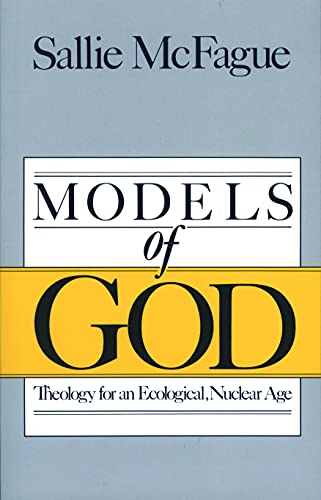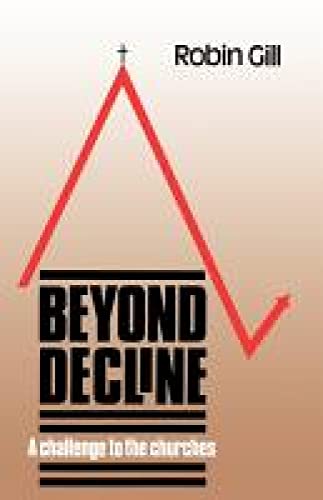The Old Testament Pseudepigrapha
Written by D. S. Russell Reviewed By Keith HackingOver recent years, intertestamental studies have become something of a growth industry. No serious student of the NT can afford to overlook the importance of the Jewish literature for this period (c. 200 bc-ad100). However, for the uninitiated this literature forms a veritable labyrinth through which guidance in terms of dating, content and appropriate use of the material is needed.
In my view, this book is not an ideal ‘first reader’ for undergraduates entering the field of intertestamental literature for the first time. Here the student would do well to begin with George Nickelsburg’s Jewish Literature Between The Bible And The Mishnah (London: SCM, 1981). Once acquainted with the literature, however, Russell’s book then provides a most useful first exercise which demonstrates how this literature may be used to throw valuable light on developments which took place in early Judaism relating to the character and function of patriarchs and prophets found in the biblical tradition.
Throughout the book, readers will find themselves confronted with allusions and parallels to the NT which will whet their appetite for further study. To me this is a great strength of this book; perhaps its weakness is that Dr Russell does not follow these through as much as he might have done with more NT references for readers to follow up later (only 29 NT references in the index including two refs in Matthew and only one ref to Paul!).
By way of introduction, Dr Russell shows how the patriarchs were idealized in such writings as the Dead Sea Scrolls, Philo, Josephus, Ben Sira, the Rabbinic literature and, of course, the OT Pseudepigrapha. Throughout his treatment of the Pseudepigrapha, Dr Russell succeeds in conveying to the reader the sensitivity with which we need to approach this literature if we are to understand its form and character. It simply will not do to say that pseudepigraphical writings, which claim to have been written by notables from the past, are just forgeries. Here Dr Russell alerts readers to the feeling of affinity which the seer shared with heroes from Israel’s past, an affinity which was strengthened by the belief that the seer shared in those same mysteries that were originally revealed to the ancient patriarchs in whose name the seer wrote, and which were now relevant to the new situation.
Dr Russell’s discussion of the OT book of Daniel may be cause for some concern amongst readers of Themelios. He begins his discussion cautiously by stating: ‘it is generally agreed that the Book of Daniel, in the form in which it now appears, was written in the time of the Syrian tyrant, Antiochus Epiphanes, around the year 164 bc’ (p. 44, italics mine). From here he suggests that the biblical Daniel was originally an antediluvian hero, known in Phoenician-Canaanite legend as a wise and righteous ruler (p. 44f.). The lack of a genealogy for Daniel suggests to Dr Russell that the Daniel of the Babylonian exile was, in fact, a ‘borrowed legendary figure’ (p. 46) around whom various traditions grew and found their current expression in our OT book of Daniel. (For a useful discussion of approaches to the Book of Daniel, see ‘Approaching Daniel: Three Studies’, in Themelios 2.2, 1977.)
In his discussion of Job, Dr Russell points out that the OT book presents us with a literary form which is found as early as the 2nd millenium bc. As with Daniel, Job as it now appears in the OT is a post-exilic work; nevertheless, ‘… there is reason to believe that the prose narratives are of an earlier date and contain reflections of an old Job legend within the traditions of the Hebrew people’ (p. 59).
The final chapter, ‘Prophets and Portents’, contains an interesting (though brief) discussion of the developments within Jewish eschatological thinking which led to speculations about Elijah the Forerunner and a Mosaic prophet being connected with the end-time and which are reflected in the NT.
Overall, the book is short (only 127 pages) and well presented. There is a very helpful ‘For Further Reading’ list together with indices of subjects, modern authors and original sources. Perhaps the most helpful aid is a ‘checklist’ of the literature set out in chronological order, which the author gives in his Introduction (pp. xiiif.). For students who need to familiarize themselves with the intertestamental literature, Dr Russell has provided a useful study to be included on an introductory list.
Keith Hacking
Swindon







